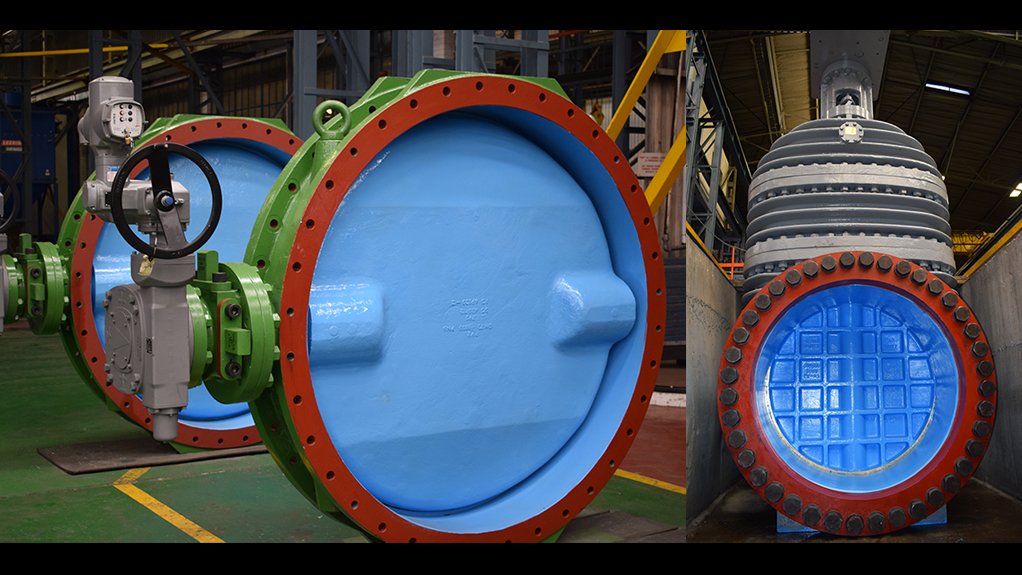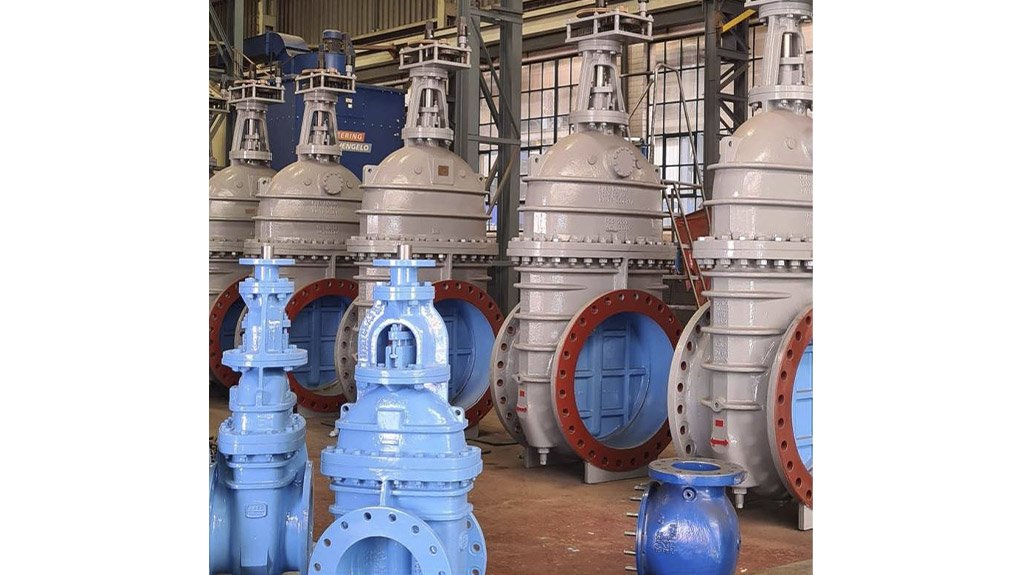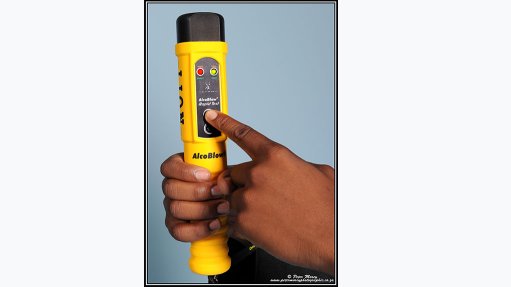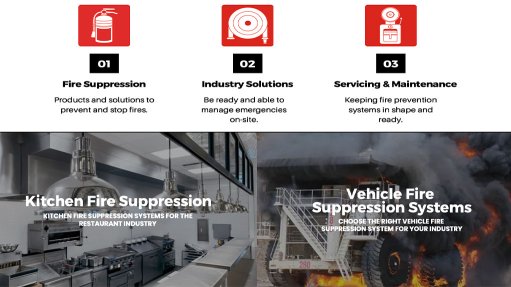Local-content policies need fine-tuning
While the Department of Trade, Industry and Competition (DTIC) has worked closely with the valve manufacturing industry and industry bodies to boost the industry and local content, policies addressing local-content requirements do not adequately address the requirements of various manufacturing sectors.
“There is a lack of enforcement of the local-content legislation and efforts to address companies that do not adhere to the legislation. When manufacturers in the industry become aware of companies – often State-owned entities – not abiding, they inform the DTIC, which can then investigate,” says valve manufacturer AVK Valves Southern Africa group technical manager Julius Frauendorf.
AVK Valves Southern Africa product manager Mark Wilson notes that the duty of the DTIC is to create and implement the policies, while the South African Bureau of Standards (SABS) is to perform the required local content verification audits.
“Involvement of the National Treasury will go a long way to ensure compliance, because noncompliant companies sometimes fall through the cracks. A major concern is the exorbitant rates charged by SABS to perform these verification audits in the past,” says Frauendorf.
Consequently, to avoid unsuccessful investigations and enforcement, the Valve and Actuator Manufacturers Cluster of South Africa (Vamcosa) has suggested that the valves industry should “self-police” through industry bodies, such as Vamcosa, which can be held accountable to “police” the products produced and manufactured by its members. Vamcosa audited all its members to confirm local content compliance through the South African Capital Equipment Export Council and offered to do these audits regularly.
As Vamcosa represents these companies, it can then attest to having conducted audits and ascertain whether products have been produced locally.
To ensure State-owned entities (SOEs), specifically municipalities, understand the requirements of local content, the DTIC, along with Vamcosa, discussed the local-content requirements with municipalities across the country, as well as local-content-compliant companies that can supply the municipalities.
Frauendorf adds that the initiative was instrumental in assisting the valve industry to reach municipalities.
“The DTIC committed to engaging and educating various municipalities on what the legislation requires and how to adhere to, abide by and support local manufacturing, which is important for the industry and manufacturers in competing against imported products,” he elaborates.
Through such initiatives, SOEs, such as Eskom, Transnet or Rand Water, can approach the companies that have been verified by the DTIC and Vamcosa as being local manufacturers, to supply them with products.
The SOEs can also run audits according to the criteria provided by Vamcosa and the DTIC on the companies it has chosen to work with.
The audits can show from which companies the material was bought, where the foundry is located and a paper trail documenting the purchasing of materials. The audit proposed by Vamcosa used a simple paper trail to confirm compliance. This can include the quote from the raw material supplier, the order from the valve company to that supplier, the delivery note and invoice from the supplier, and proof of purchase from the valve manufacturer to the material supplier which serves as simple but conclusive proof of local procurement.
“Most of the large SOEs witness pressure testing at the valve manufacturers and can satisfy themselves through their appointed inspectors that valves are being manufactured in those factories,” explains Frauendorf.
Local content calculation is, however, overly complicated, particularly in the valves sector. There is a valve designation process, as well as a method for how to calculate local content, in the instruction note. However, the calculation was established for structural steel, the first product sector for which local content was designated.
The process of making a structural steel product is different from that of a valve. Valves have a long value chain, and the simplicity of the local content calculation provides an opportunity for creative interpretation by some importers, to reflect the required 70% threshold without realistically meeting the actual requirements.
“There must be a slightly different way of analysing how local content is achieved and what it consists of to create a calculation to work out the percentage that is designated for various sectors or products, such as valves,” says Wilson.
He explains that government’s response to the suggestion of product-specific calculation systems was that industries and companies must use the same calculation for all sectors, whether it be valves and pumps or school shoes and desks.
“Whilst we understand that all designation of sectors lives in one policy ‘the one size fits all’ approach creates an opportunity for creative calculations,” confirms Frauendorf.
As a result, businesses and potential entrepreneurs shy away from producing local products and rather import by simply adding margins, instead of securing capital and growing the local manufacturing industry and creating much needed jobs.
SABS recently launched the Local Content Verification Scheme that will allow local manufacturers the opportunity to verify the local content of their valve products.
.
Article Enquiry
Email Article
Save Article
Feedback
To advertise email advertising@creamermedia.co.za or click here
Press Office
Announcements
What's On
Subscribe to improve your user experience...
Option 1 (equivalent of R125 a month):
Receive a weekly copy of Creamer Media's Engineering News & Mining Weekly magazine
(print copy for those in South Africa and e-magazine for those outside of South Africa)
Receive daily email newsletters
Access to full search results
Access archive of magazine back copies
Access to Projects in Progress
Access to ONE Research Report of your choice in PDF format
Option 2 (equivalent of R375 a month):
All benefits from Option 1
PLUS
Access to Creamer Media's Research Channel Africa for ALL Research Reports, in PDF format, on various industrial and mining sectors
including Electricity; Water; Energy Transition; Hydrogen; Roads, Rail and Ports; Coal; Gold; Platinum; Battery Metals; etc.
Already a subscriber?
Forgotten your password?
Receive weekly copy of Creamer Media's Engineering News & Mining Weekly magazine (print copy for those in South Africa and e-magazine for those outside of South Africa)
➕
Recieve daily email newsletters
➕
Access to full search results
➕
Access archive of magazine back copies
➕
Access to Projects in Progress
➕
Access to ONE Research Report of your choice in PDF format
RESEARCH CHANNEL AFRICA
R4500 (equivalent of R375 a month)
SUBSCRIBEAll benefits from Option 1
➕
Access to Creamer Media's Research Channel Africa for ALL Research Reports on various industrial and mining sectors, in PDF format, including on:
Electricity
➕
Water
➕
Energy Transition
➕
Hydrogen
➕
Roads, Rail and Ports
➕
Coal
➕
Gold
➕
Platinum
➕
Battery Metals
➕
etc.
Receive all benefits from Option 1 or Option 2 delivered to numerous people at your company
➕
Multiple User names and Passwords for simultaneous log-ins
➕
Intranet integration access to all in your organisation





















